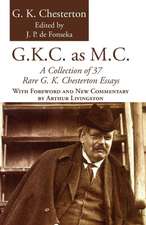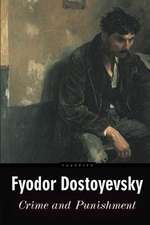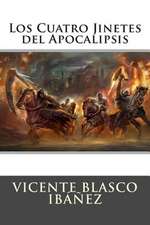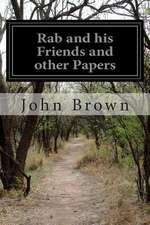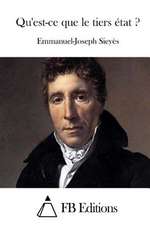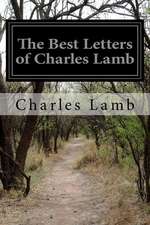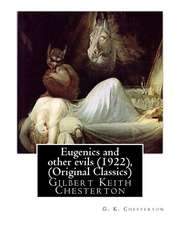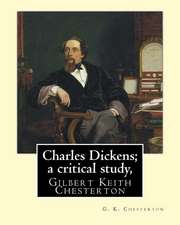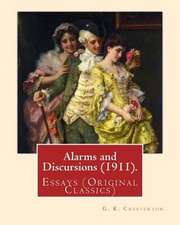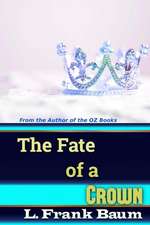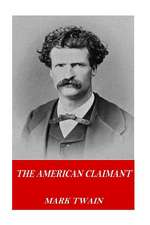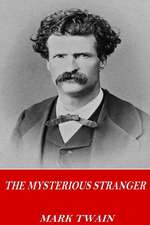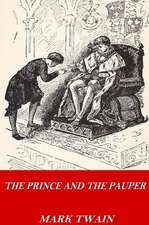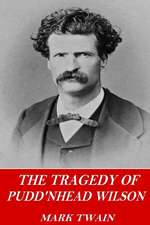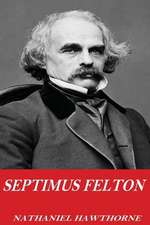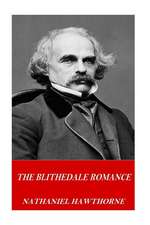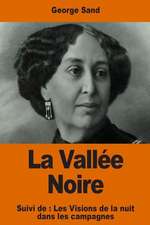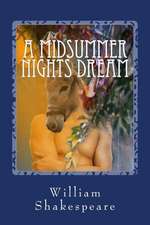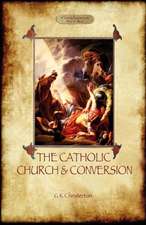The Wisdom of Father Brown
Autor G. K. Chestertonen Limba Engleză Paperback – 7 dec 2018
| Toate formatele și edițiile | Preț | Express |
|---|---|---|
| Paperback (27) | 43.56 lei 3-5 săpt. | |
| – | 43.56 lei 3-5 săpt. | |
| CREATESPACE – | 47.00 lei 3-5 săpt. | |
| – | 49.50 lei 3-5 săpt. | |
| CREATESPACE – | 55.89 lei 3-5 săpt. | |
| Mint Editions – mai 2021 | 56.39 lei 3-5 săpt. | |
| CREATESPACE – | 57.29 lei 3-5 săpt. | |
| Homeschool Reprints – | 63.21 lei 3-5 săpt. | |
| CREATESPACE – | 69.74 lei 3-5 săpt. | |
| – | 69.96 lei 3-5 săpt. | |
| CREATESPACE – | 73.70 lei 3-5 săpt. | |
| – | 76.64 lei 3-5 săpt. | |
| – | 76.95 lei 3-5 săpt. | |
| – | 79.32 lei 3-5 săpt. | |
| CREATESPACE – | 85.40 lei 3-5 săpt. | |
| CREATESPACE – | 88.59 lei 3-5 săpt. | |
| CREATESPACE – | 104.37 lei 3-5 săpt. | |
| – | 108.65 lei 3-5 săpt. | |
| Les prairies numériques – 27 noi 2020 | 110.67 lei 3-5 săpt. | |
| – | 59.42 lei 6-8 săpt. | |
| Alpha Editions – 7 dec 2018 | 61.38 lei 6-8 săpt. | |
| Black Curtain Press – 18 iun 2013 | 78.83 lei 6-8 săpt. | |
| COSIMO CLASSICS – 14 oct 2007 | 79.82 lei 6-8 săpt. | |
| CREATESPACE – | 88.41 lei 6-8 săpt. | |
| Read & Co. Classics – 30 noi 2012 | 112.21 lei 6-8 săpt. | |
| 1st World Publishing – 30 sep 2008 | 119.99 lei 6-8 săpt. | |
| Fractal Press – 29 iul 2018 | 128.13 lei 6-8 săpt. | |
| Echo Library – 30 sep 2006 | 168.88 lei 38-44 zile | |
| Hardback (4) | 109.45 lei 3-5 săpt. | |
| Mint Editions – 13 mai 2021 | 109.45 lei 3-5 săpt. | |
| 1st World Publishing – 30 sep 2008 | 167.10 lei 6-8 săpt. | |
| – | 175.70 lei 6-8 săpt. | |
| Black Curtain Press – 3 apr 2018 | 179.70 lei 6-8 săpt. |
Preț: 61.38 lei
Nou
Puncte Express: 92
Preț estimativ în valută:
11.75€ • 12.29$ • 9.76£
11.75€ • 12.29$ • 9.76£
Carte tipărită la comandă
Livrare economică 02-16 aprilie
Preluare comenzi: 021 569.72.76
Specificații
ISBN-13: 9789353291730
ISBN-10: 9353291739
Pagini: 192
Dimensiuni: 140 x 216 x 11 mm
Greutate: 0.25 kg
Editura: Alpha Editions
ISBN-10: 9353291739
Pagini: 192
Dimensiuni: 140 x 216 x 11 mm
Greutate: 0.25 kg
Editura: Alpha Editions
Notă biografică
G. K. Chesterton (1874-1936) was a prolific English writer, philosopher, lay theologian, and literary and art critic. He is best known in mystery circles as the creator of the fictional priest-detective Father Brown and for the metaphysical thriller The Man Who Was Thursday. Often referred to as "the prince of paradox," Chesterton frequently made his points by turning familiar sayings and proverbs inside out. Chesterton attended the Slade School of Art, a department of University College London, where he took classes in illustration and literature, though he did not complete a degree in either subject. In 1895, at the age of twenty-one, he began working for the London publisher George Redway. A year later he moved to another publisher, T. Fisher Unwin, where he undertook his first work in journalism, illustration, and literary criticism. In addition to writing fifty-three Father Brown stories, Chesterton authored articles and books of social criticism, philosophy, theology, economics, literary criticism, biography, and poetry.

